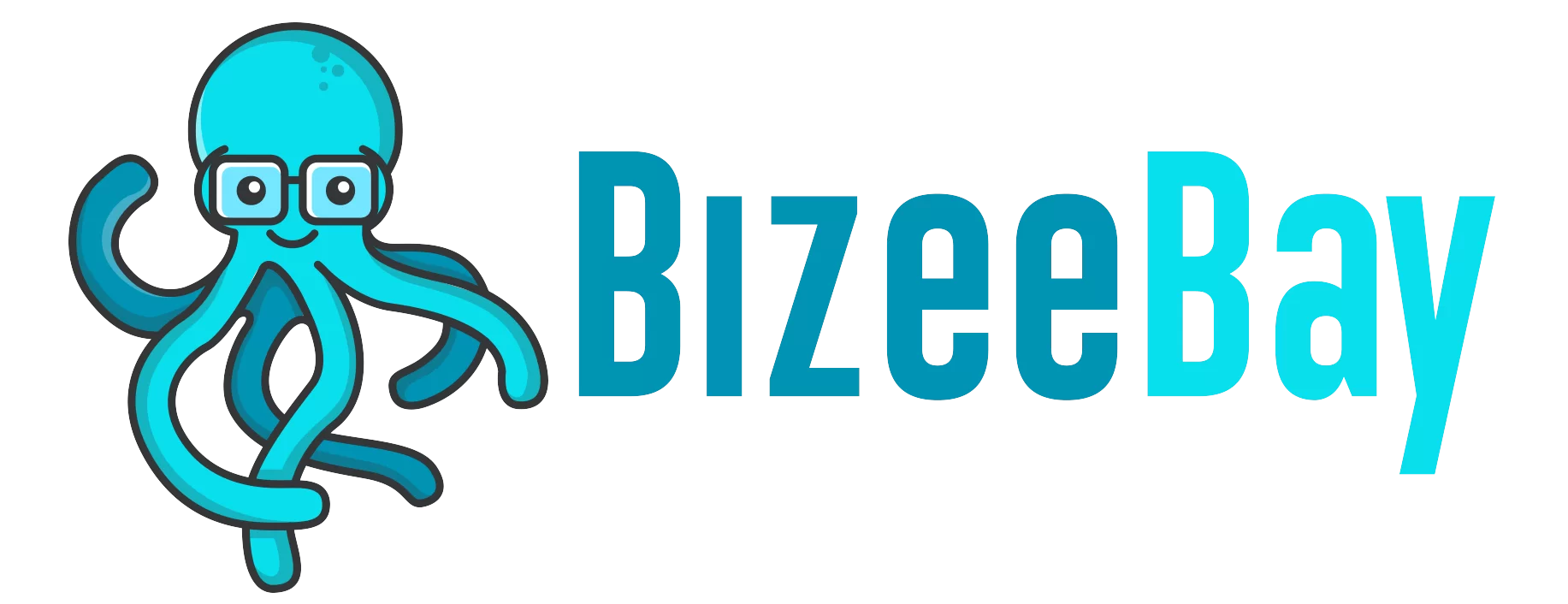Secret 10: How Keyword Mapping Works
Resources
Keyword Mapping Template
Site Auditing Tools
Screaming From SEO Spider
https://www.screamingfrog.co.uk/seo-spider/
Yoast WordPress Plugin (Use the free version)
Frequently Asked Questions
1. What is keyword mapping and why is it important?
Keyword mapping is the process of assigning specific keywords to individual web pages on your site. This ensures that each page is optimized for targeted keywords, improving its relevance and ranking in search engine results. It helps in organizing content, avoiding keyword cannibalization, and enhancing user experience by directing visitors to the most relevant pages.
2. How do I start keyword mapping for my website?
Start by listing all your core and secondary keywords. Use a keyword mapping template to assign these keywords to the relevant pages on your site. Ensure each keyword has a dedicated page, and there are no duplicates in the target URL column to avoid cannibalization.
3. How can I use canonical tags to avoid duplicate content issues?
Canonical tags indicate the primary version of a page to search engines when similar content appears on multiple URLs. For example, if a product description appears on multiple pages, set a canonical URL pointing to the primary version of that page. This helps consolidate page authority and avoid duplicate content issues.
4. Why is internal linking important for SEO?
Internal linking helps users navigate your site and allows search engines to understand the structure and hierarchy of your content. It boosts the relevance of core keyword pages, distributes page authority, and enhances the user experience by directing visitors to related content.
5. What is optimized anchor text and why is it important?
Optimized anchor text is descriptive and specific, giving users and search engines a clear idea of the linked page’s content. For example, instead of using “click here,” use “beginner’s guide to indoor herb gardening.” This improves SEO by highlighting the relevance of the linked page to the keyword.
6. How do I ensure keyword density is appropriate on a page?
Aim for a keyword density of 1-2%, meaning the core keyword should appear 1-2 times for every 100 words. Ensure the keyword is used naturally within the content, headings, meta descriptions, and alt text for images.
7. What tools can help with keyword mapping and site auditing?
Tools like Screaming Frog can conduct site audits and identify pages that lack focus or have SEO issues. Google Sheets or dedicated keyword mapping templates can help organize keywords and their assigned pages. Yoast SEO is useful for optimizing individual pages for keywords.
8. How often should I review and update my keyword map?
Regularly review and update your keyword map based on search trends, performance data, and new content. Aim to review your keyword map at least quarterly to ensure it remains relevant and effective.
9. What should I do if I find gaps or overlaps in my keyword coverage?
If you find gaps, create new pages targeting those keywords. If you find overlaps, consolidate or merge pages to avoid keyword cannibalization. Ensure each keyword has a unique, dedicated page that comprehensively covers the topic.
